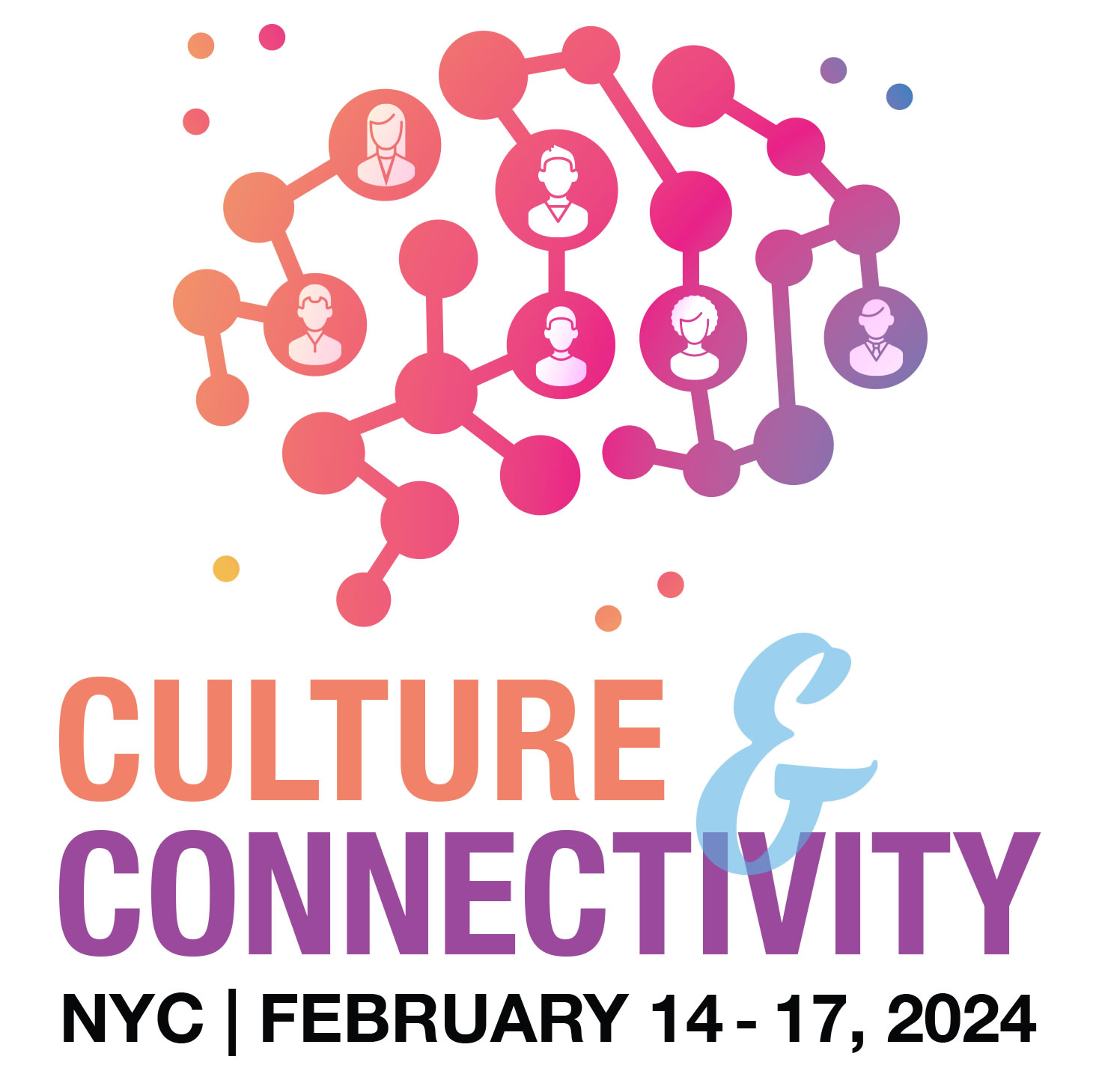| Paper | Paper Session 20 Program Schedule
02/17/2024
10:45 am - 12:10 pm
Room: West Side Ballroom - Salon 1
Paper Session 20: Training/Education and Professional Issues
Final Abstract #3
Collaborative Health Initiative for Spanish and Multicultural Education (CHISME): Closing the Gap in Spanish-Language Neuropsychology Training in the United States
Stephanie Torres, Massachusetts General Hospital/Harvard Medical School, Boston, United States
Janet Yáñez, University of California Los Angeles, Los Angeles, United States
Cristina Román, Kessler Foundation, West Orange, United States
Alicia Ranucci, UC Davis School of Medicine, Sacramento, United States
Luis Aguilar, University of California Los Angeles, Los Angeles, United States
Adriana Strutt, Baylor College of Medicine, Houston, United States
Paola Suárez, University of California Los Angeles, Los Angeles, United States
Michelle Miranda, University of Colorado Anschutz Medical Campus, Aurora, United States
Category: Career Development/Education/Training
Keyword 1: bilingualism/multilingualism
Keyword 2: multiculturalism
Objective:
Despite growth within the Spanish-speaking population in the U.S., few clinical psychologists offer neuropsychological services in Spanish and even fewer provide formal bilingual training experiences for neuropsychology trainees. A core mission of the Spanish-language neuropsychology webinar series CHISME is to bolster trainees and early career professionals’ (ECPs) confidence and Spanish neuropsychology lexicon, with the overarching goal of improving access to care for Spanish-speaking patients. A second, but critical, goal is to learn about current trainees’ and ECPs Spanish-language training experiences and needs. Here, we examine the bilingual trainee and ECP experience by 1) presenting reported Spanish-language neuropsychology training opportunities; 2) identifying supplemental strategies utilized by trainees/ECPs to improve their knowledge of clinical Spanish neuropsychological terminology; and 3) proposing curricular goals for bilingual neuropsychology training.
Participants and Methods:
Participants were recruited online and asked to complete a demographic questionnaire to determine their eligibility for participation based on their career status and self-reported Spanish language proficiency. Eligible participants then completed a pre-program survey documenting their language acquisition history, past Spanish neuropsychology training experiences, and personal goals for their participation in CHISME. Content analyses of qualitative responses describing past training experiences and goals were conducted.
Results:
Thirty (Mage= 31.0±4.9 ; nwomen=24) of the 46 eligible applicants were chosen to participate through stratified random sampling (based on self-reported language proficiency scores). The CHISME cohort, comprised of doctoral students (n=14), predoctoral interns (n=4), postdoctoral fellows (n=6), and early career neuropsychologists (n=6), was primarily of Latine/Hispanic background (60%) and had learned Spanish since birth (63.3%).
Neuropsychology training opportunities in Spanish were sparse: 13.3% of participants received formal Spanish-language instruction through graduate coursework; 43.3% of participants received training through clinical rotations; and roughly half of participants (53.3%) received Spanish-language clinical supervision during training. The majority of participants (86.2%) received no explicit formal Spanish instruction (during their graduate programs). Participants enrolled in graduate programs in Puerto Rico had neuropsychology-related courses in Spanish, but limited neuropsychology practicum opportunities. The majority of CHISME participants (96.3%) sought supplemental training to increase Spanish-language proficiency, including external mentorship, Spanish webinars, professional organizations, and through reading Spanish textbooks. 10.7% of participants traveled out-of-state or abroad for training opportunities. More than half of participants (59.3%) utilized personal funds to supplement their training and most participants (74.3%) expressed a strong desire to build their Spanish-language neuropsychology lexicon.
Conclusions:
Despite an increasing need for bilingual neuropsychology providers, there remains a substantial gap in available Spanish-language clinical neuropsychology training, which is necessary to prepare providers to competently serve Spanish-speaking patients. Given the need to increase access to high quality Spanish neuropsychology language training across the U.S., digital methods of delivering education in neuropsychology should be prioritized as a viable training approach. Given participants’ expressed needs, future curricular goals should emphasize vocabulary building exercises and community building. These efforts are much-needed to address the lack of bilingual training opportunities for neuropsychology providers and ultimately increase equitable neuropsychological care for Spanish-speaking patients.
|
|---|


